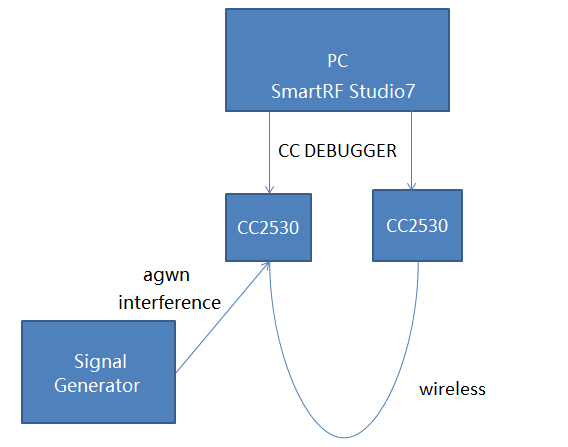Hi,
How to pass ETSI EN 300328 RF test when output power is greater than 10dBm?
My customer add a external PA with CC2530 and set output power up to 20dBm.
During the added activity test, unable to communicate in the same channel after add awgn interference signal.
Is there any advice here? Thanks.


